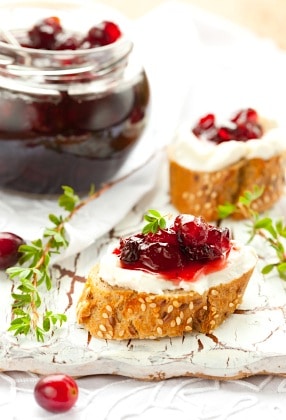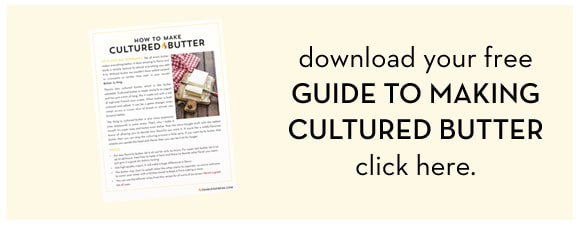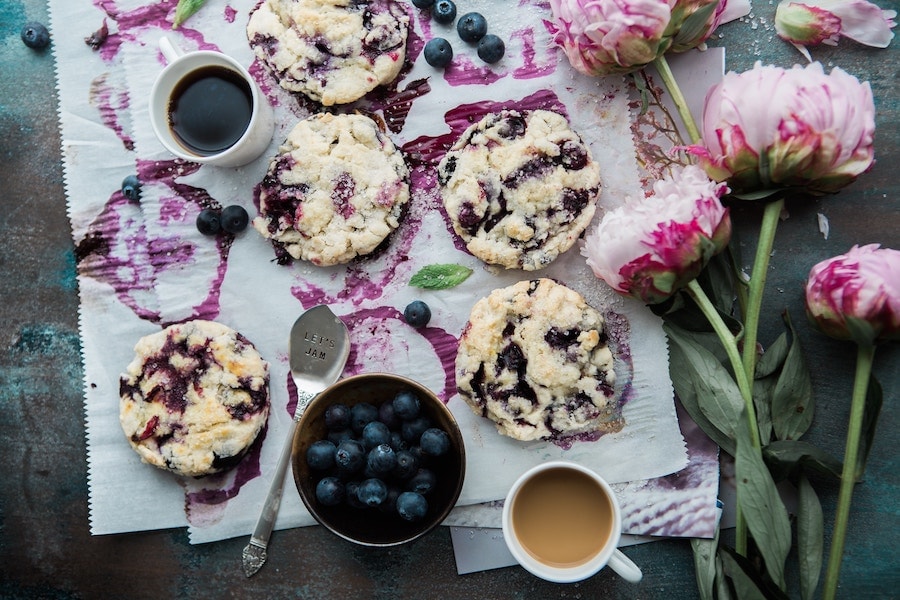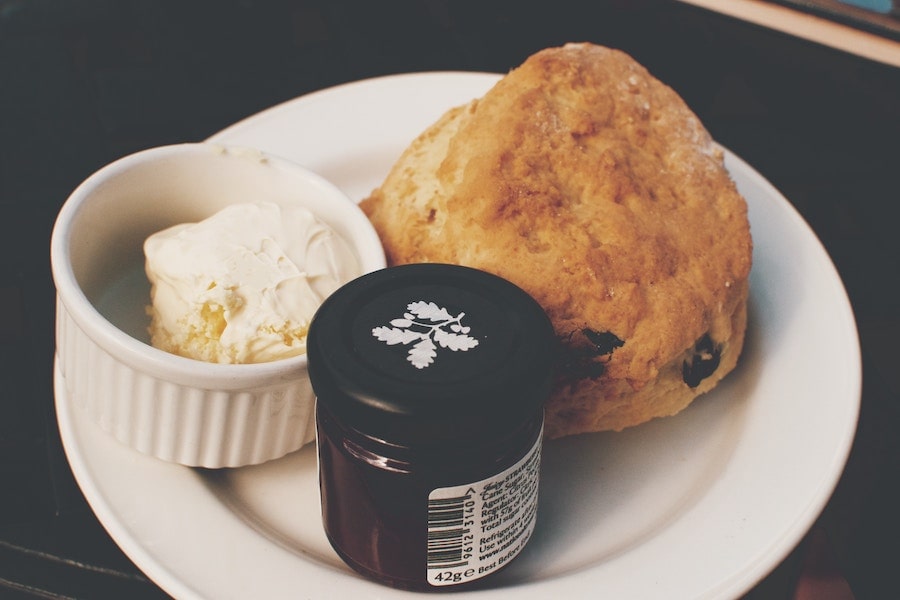For those not in the know, recipes for clotted cream, or Devonshire cream, are part of the traditional English cream tea.
Clotted cream is sort of a cross between rich butter and light whipped cream, lending a voluptuous texture to any bread-like tasty thing. I like it on scones, but you can slather it across anything you like.
I’d recommend trying it on your favorite banana bread for a toe-curling, out of this world experience.
Other methods I’ve covered:
- The oven method
- The stovetop method
- The slow cooker method
- The cheater’s method
Recipe for Clotted Cream (Double Boiler Method)
Note: For this recipe you can’t really use a regular double-boiler. You’ll need to fashion a makeshift one out of a large ceramic or non-reactive metal bowl that fits snuggly into the top of a large, deep pot, such as a stockpot.
The pot needs to be able to hold a lot of water, otherwise you’ll find yourself refilling it as the water boils away, which would be very, very bad for clotted cream.
You want to agitate the cream as little as possible, and removing the bowl from the pot of water will cause your milk solids to disperse back into their liquid home.
The results will just be plain old curdled cream, not the dreamy, fatty whip you’re looking for. Also, the bowl needs to be big, so that the cream is not more than two inches deep at the deepest part of the bowl.
The goal here is to create as much surface area of possible, which will yield you more Devonshire cream in the end.
Like other recipes for clotted cream, this double boiler method takes a long time – 12 hours – and then requires that you set the cream in the refrigerator overnight to thicken, but that’s just the way of Devonshire cream; sometimes there’s no way to hurry a good thing.
You’ll also want to use the best dairy you can find, so if you’ve got a favorite artisan dairyfarm nearby, tap them for their secret stash.
That said, even grocery store heavy cream will give you a divine finished product that is leagues better than the prefab clotted cream you’ll find on the dry shelf at the supermarket.
Also: You must not use ultra-pasteurized cream! Regular pasteurized cream is fine, but the ultra-pasteurized has been ultra-processed, and it won’t work for this recipe.
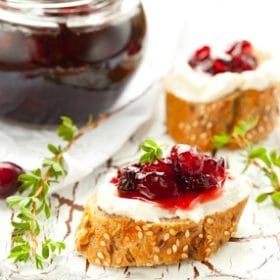
Recipe for Clotted Cream (Double Boiler Method)
Ingredients
- 4 cups heavy cream (NOT ultra-pasteurized!)
Instructions
- Fashion a makeshift double boiler out of a large ceramic or non-reactive metal bowl that fits snuggly into the top of a large, deep pot, such as a stockpot. Fill the pot with water, just to the point that the surface of the water is just an inch or so below the bottom of the bowl once it sitting in the stockpot. Bring the water to a boil.
- Pour the cream into the bowl, and set the bowl snuggly in the top of the stockpot, making sure the bowl is level. Reduce the heat to below a simmer, using just about the lowest possible setting your stove has.
- Allow to cook for 12 hours. Do not, and I repeat do not, touch the cream in any way. Don’t poke it, don’t jiggle it, and for the love of god, don’t stir it. You’ll notice a crust start to form on the surface of your cream, and that’s exactly what you want. Any sort of agitation will cause that precious crust to break up, completely negating the entire process.
- After 12 hours, carefully — and I mean carefully, not agitating the cream — remove the bowl from the heat. Let stand for 1 hour, or until it comes to room temperature. Again, resist the urge to poke, prod, or otherwise disturb the delicate crust on the top of the cream. It’s still fragile, and picking at it may cause epic failure.
- Cover the bowl with a clean cotton cloth and gently place the bowl in the refrigerator. For the third time, do not to agitate the cream! Do not taunt Happy Fun Ball! Allow to chill overnight, or for at least 8 hours.
- Gently remove the crust from the top of the cream, and transfer it to a sealed container. Will keep in the refrigerator for up to a week.
Notes
Nutrition
This content was originally posted on FearlessFresh.com.

